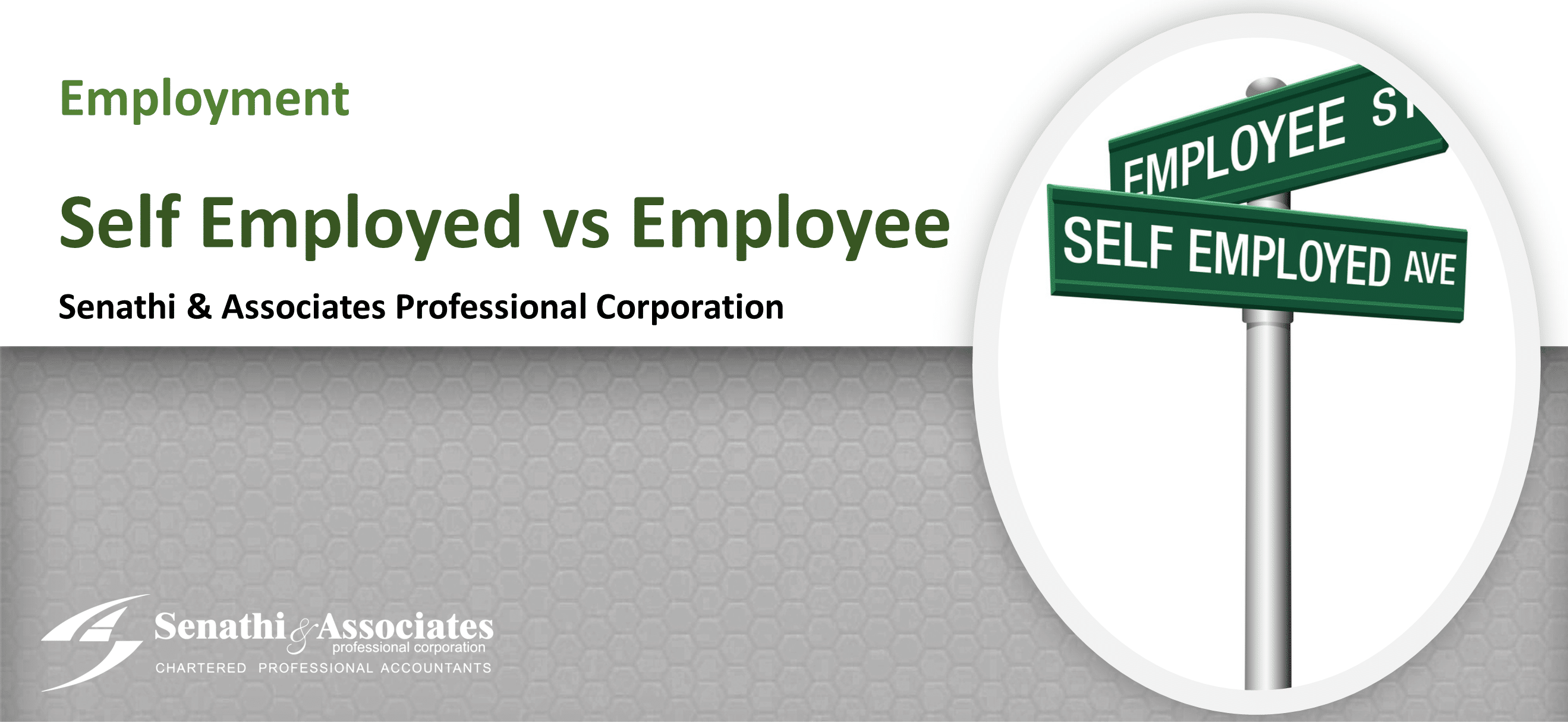Self Employed vs Employee
There are several factors to consider when determining the difference between a self-employed individual and an employee. This determination can affect an individual’s entitlement to Employment Insurance (EI), as well as how a worker will be treated under the Canada Pension Plan and the Income Tax Act.
In the case of an employer-employee relationship, employers are responsible for deducting Canada Pension Plan (CPP) Contributions, EI premiums, and income tax from remuneration or other amounts they pay to their employees. Employers must remit these deductions, along with their share of CPP contributions and EI premiums to the Canada Revenue Agency (CRA).
In the case of a self-employed individual, they must operate a business and be engaged in a business relationship with the payer.
Below are some of the key indicators of an employer-employee relationship:
- The relationship is one of subordination.
- The payer will often direct, scrutinize, and effectively control many elements of how and when the work is carried out
- The payer controls the worker with respect to both the results of the work and the method used to do the work
- The payer chooses and controls the method and amount of pay.
- Salary negotiations may still take place in an employer-employee relationship
- The payer decides what jobs the worker will do
- The payer chooses to listen to the worker’s suggestions but has the final word
- The worker requires permission to work for other payers while working for this payer
- Where the schedule is irregular, priority on the worker’s time is an indication of control over the worker
- The worker receives training or direction from the payer on how to do the work.
- The overall work environment between the worker and the payer is one of subordination
Below are some of the key indicators that the worker is a self-employed individual:
- A self-employed individual mostly works independently
- The worker does not have anyone overseeing their activities
- The worker is usually free to work when and for whom they choose and may provide their services to different payers at the same time
- The worker can accept or refuse work from the payer
- The working relationship between the payer and the worker does not present a degree of continuity, loyalty, security, subordination, or integration, all of which are generally associated with an employer-employee relationship
For any self-employment vs. employee-related questions/concerns, please call Senathi & Associates at (416) 479-0600 or email us at info@gtacpa.ca, and we’d be happy to answer any of your questions.
Alternatively, please refer to the link below for more information on Self Employment and Employee:

